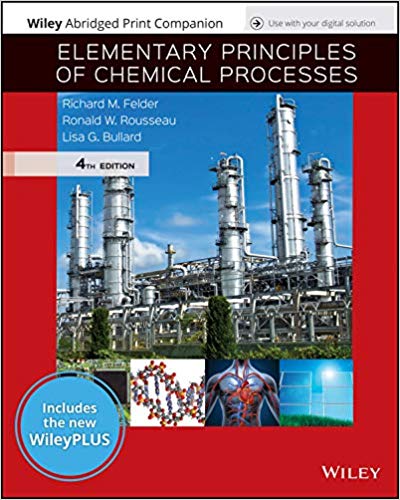Answered step by step
Verified Expert Solution
Question
1 Approved Answer
Forty-eight cubic meters of sewage sludge containing 3.5% solids by mass is fed daily into an anaerobic digester. The solids in the sludge are

Forty-eight cubic meters of sewage sludge containing 3.5% solids by mass is fed daily into an anaerobic digester. The solids in the sludge are 68% organic and 32% inert by mass. Some of the organic material is converted to CO2 and CH4 and some of it is converted into stable biosolids. The sludge density is 1.15 kg/L. In the digester the sludge stratifies into two layers and material leaves the digester as stabilized sludge, clear supernatant and gas. The stabilised sludge is withdrawn at 8% solids by mass of which 45% is organic and 55% is inert. Only 85% of the digestable component is converted to biogas with approximate proportions of 65% CH4 and 33% CO2, and 2% other gases. Assume steady state conditions and that a negligible amount of solids leaves the digester in the supernatant. (a) Compile a water and solids mass balance over the digester and calculate: (ii) The volume of water (supernatant) that leaves the digester daily (iii) The percentage reduction of the organic material in the sludge (iv) Calculate the mass of CH4 produced daily
Step by Step Solution
★★★★★
3.41 Rating (157 Votes )
There are 3 Steps involved in it
Step: 1
To solve the problem lets go step by step a Water and Solids Mass Balance Given Volume of sewage slu...
Get Instant Access to Expert-Tailored Solutions
See step-by-step solutions with expert insights and AI powered tools for academic success
Step: 2

Step: 3

Ace Your Homework with AI
Get the answers you need in no time with our AI-driven, step-by-step assistance
Get Started


